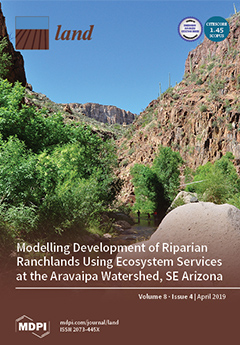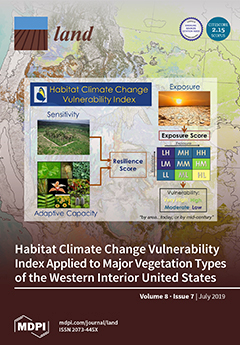Implementing Green Infrastructure in Spatial Planning in Europe
Interest in green infrastructure (GI) has grown in research, policy and planning in recent decades. The central idea behind GI is the understanding of the physical non-built-up environment as an infrastructure capable of delivering a wide variety of benefits to society, including the ability to preserve biodiversity; to provide food, feed, fuel and fibre; to adapt to and mitigate climate change and to contribute to enhanced human health and quality of life.








